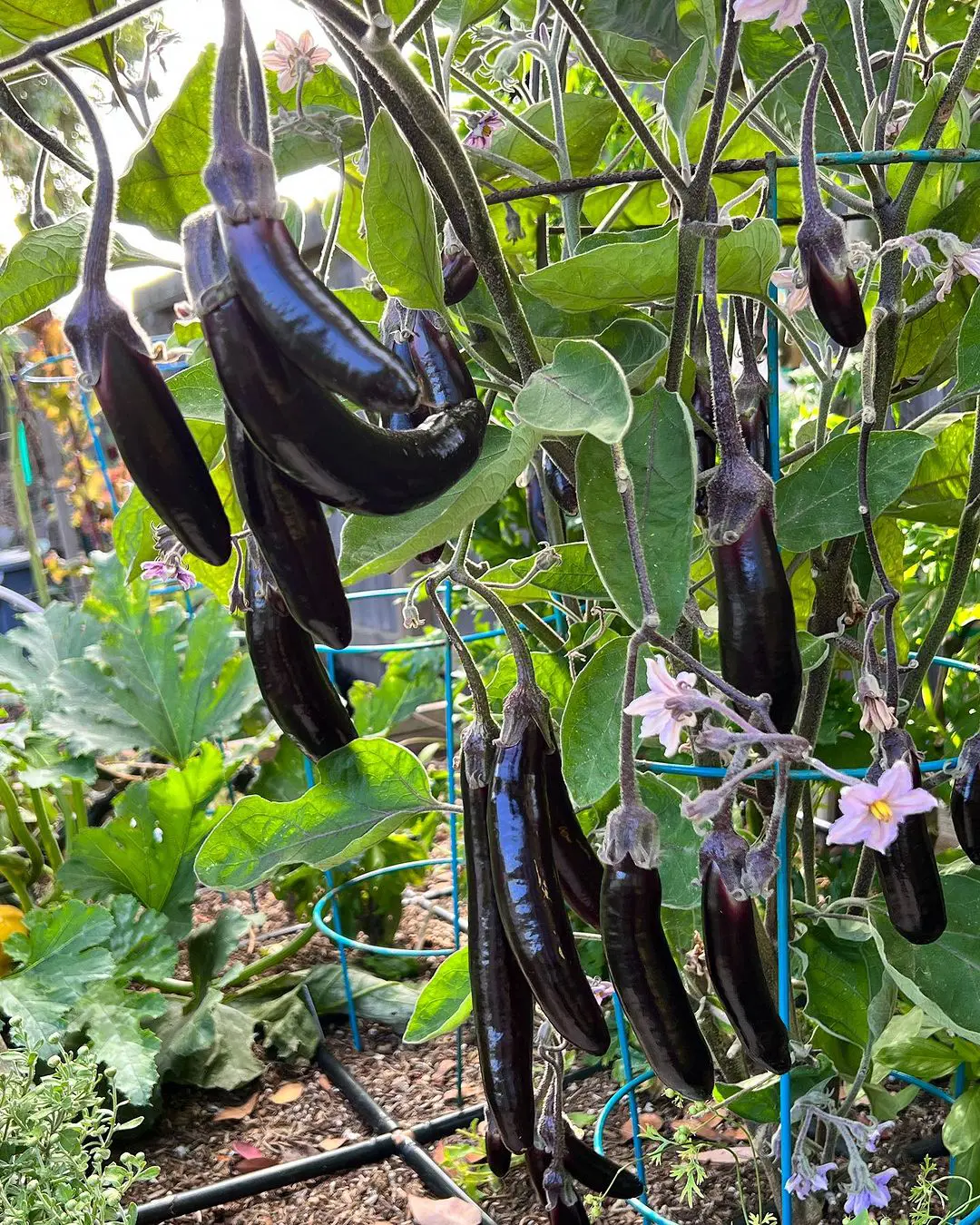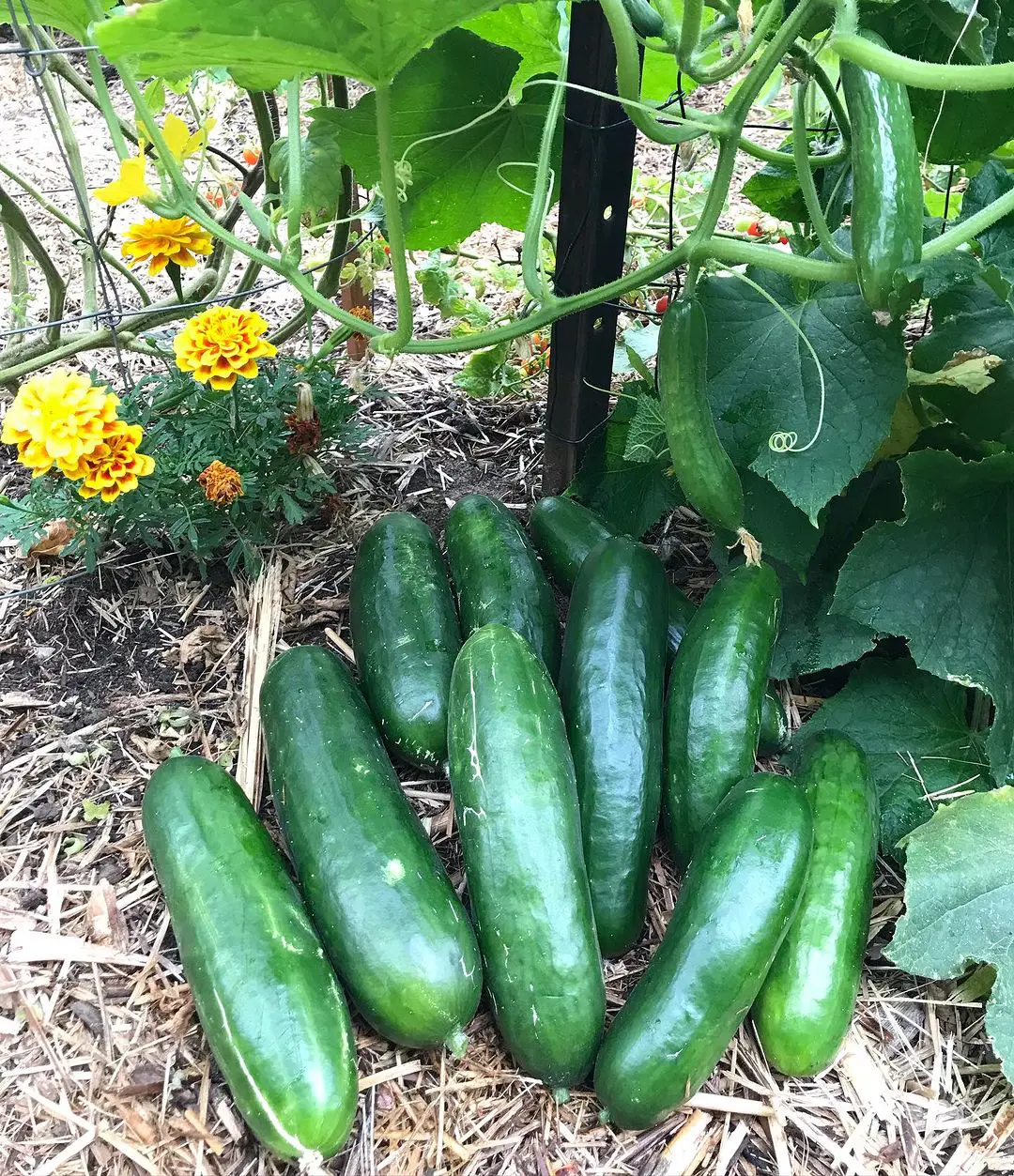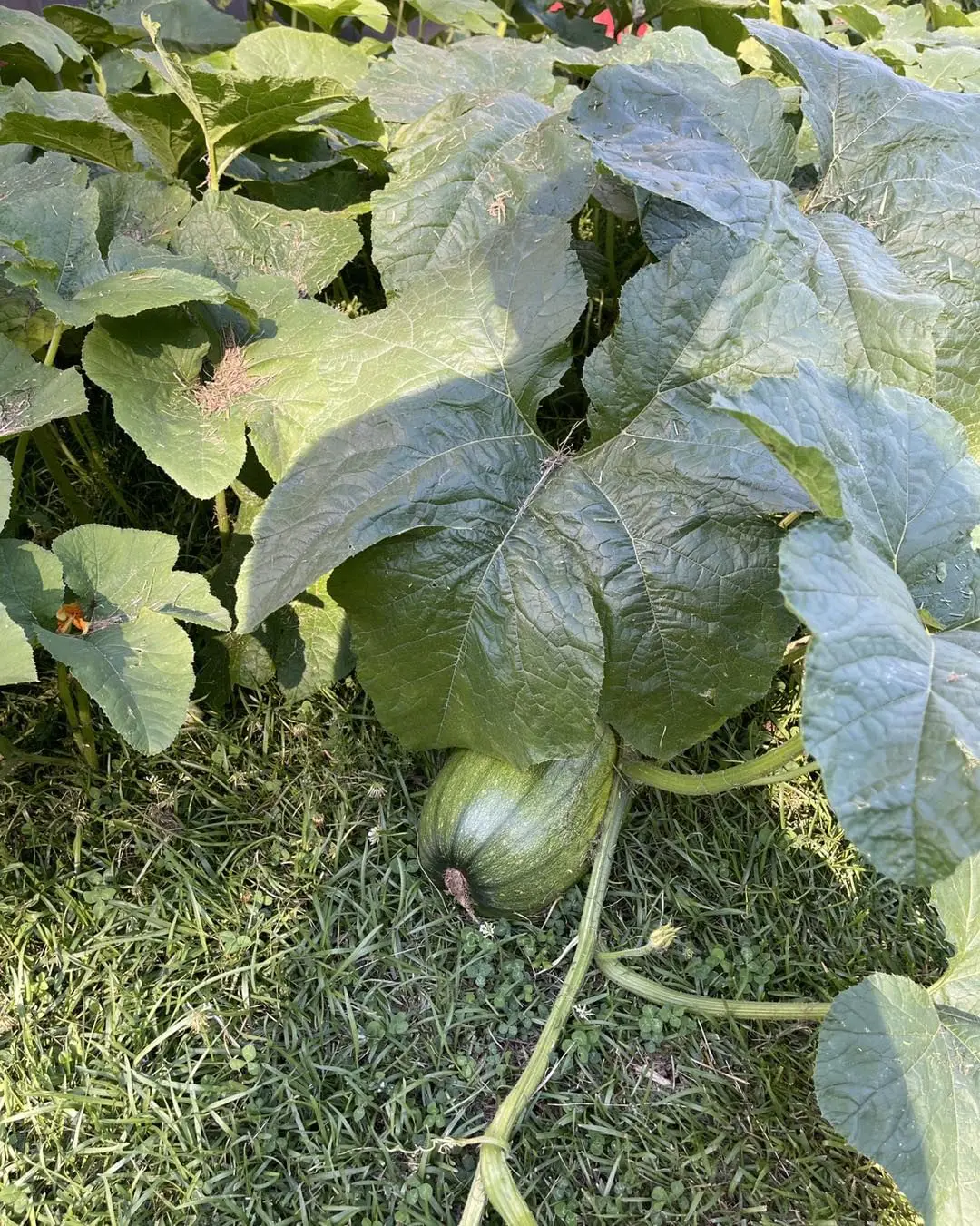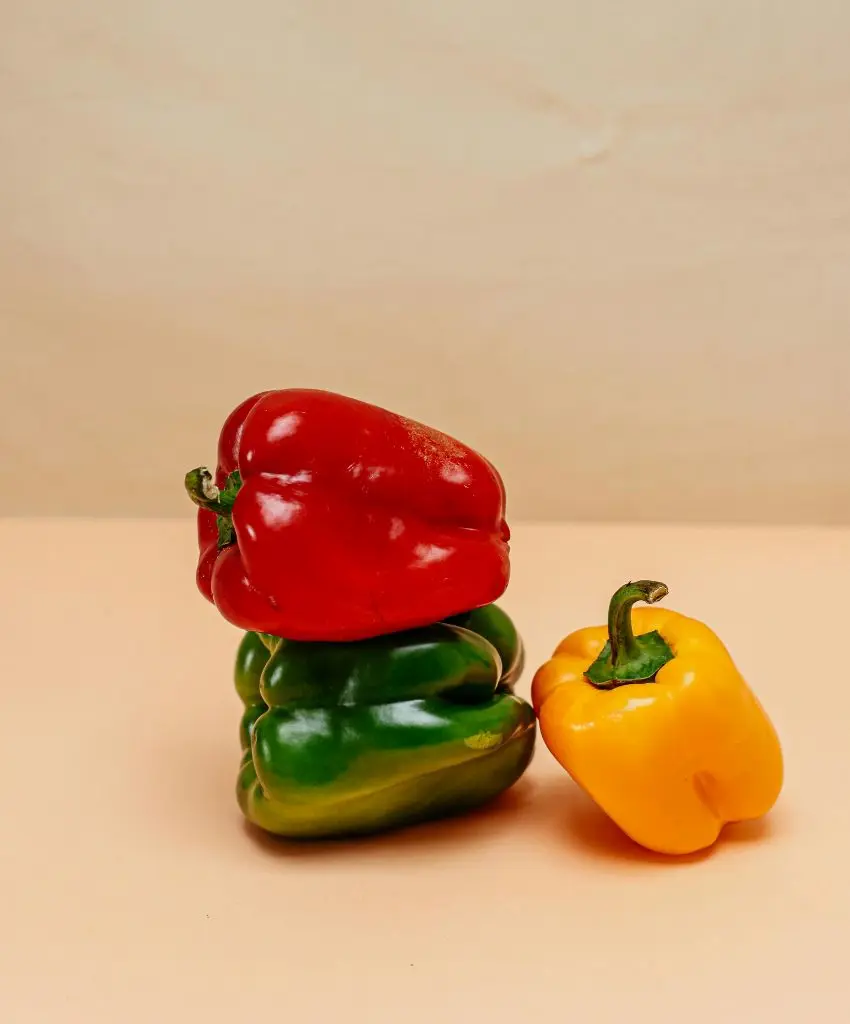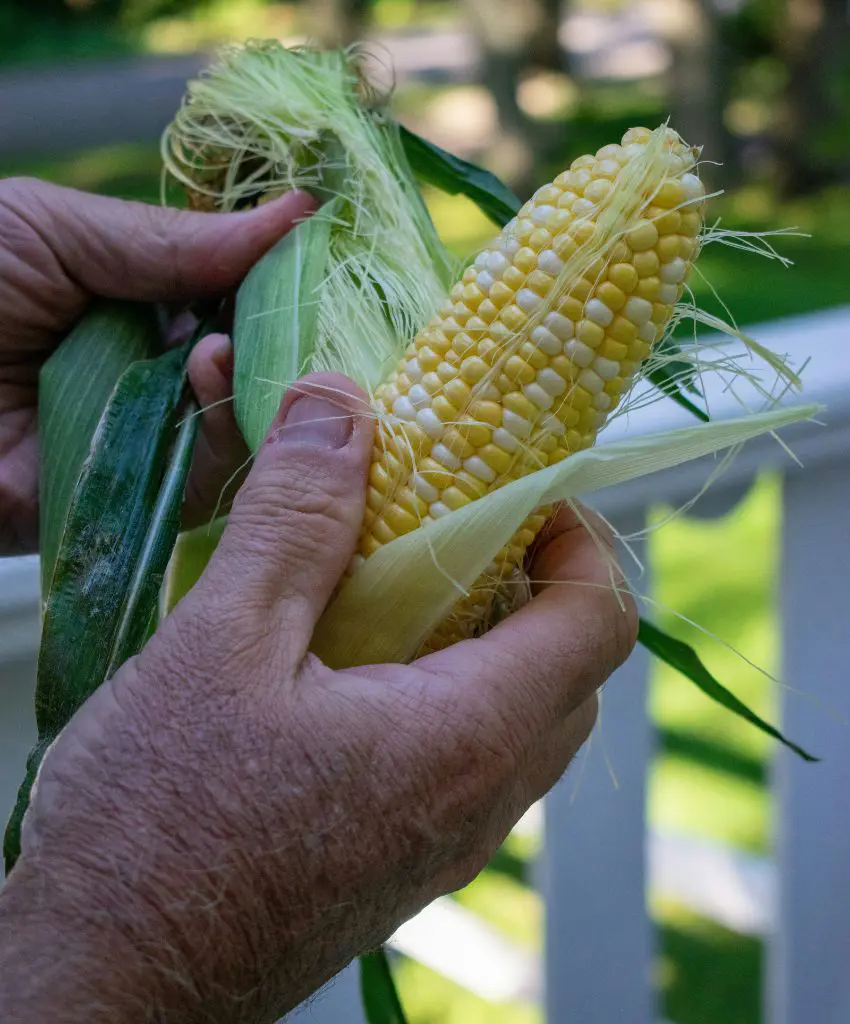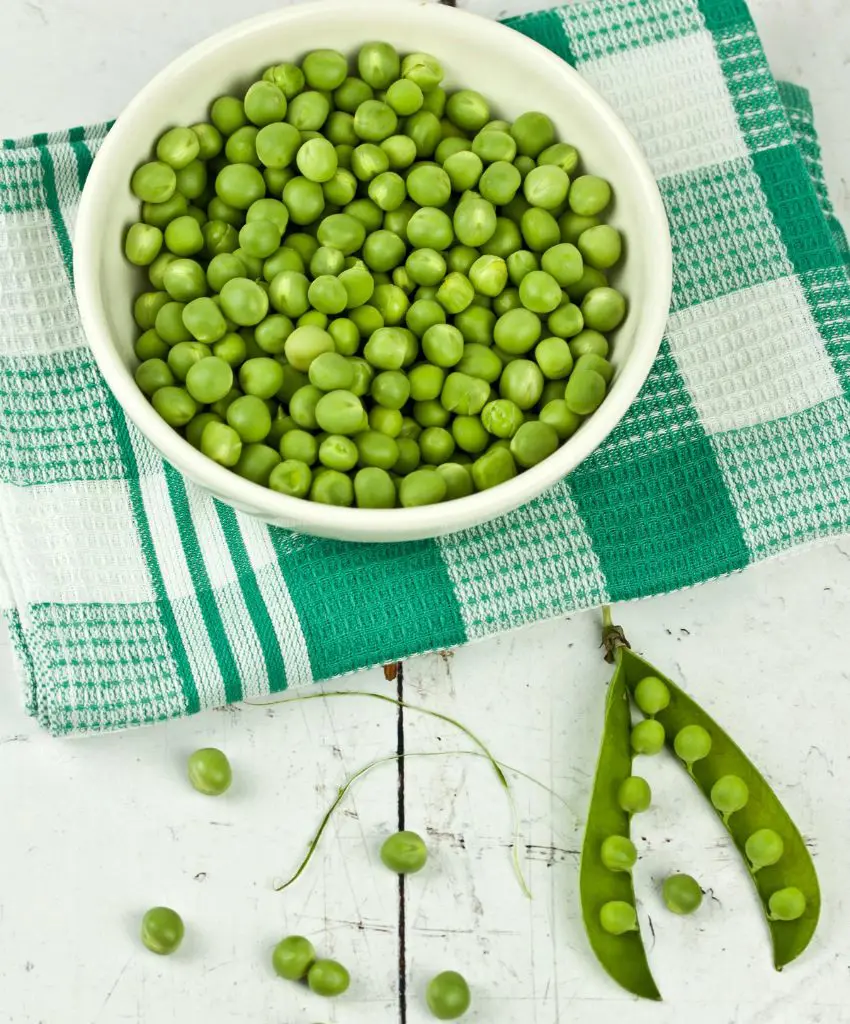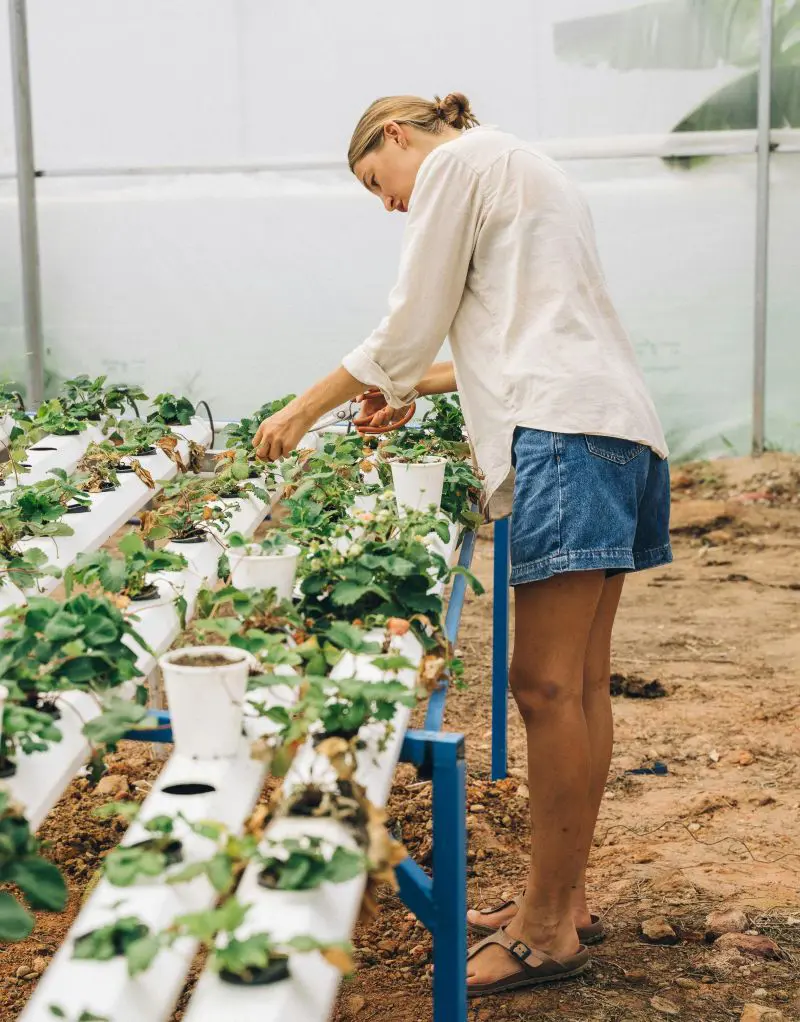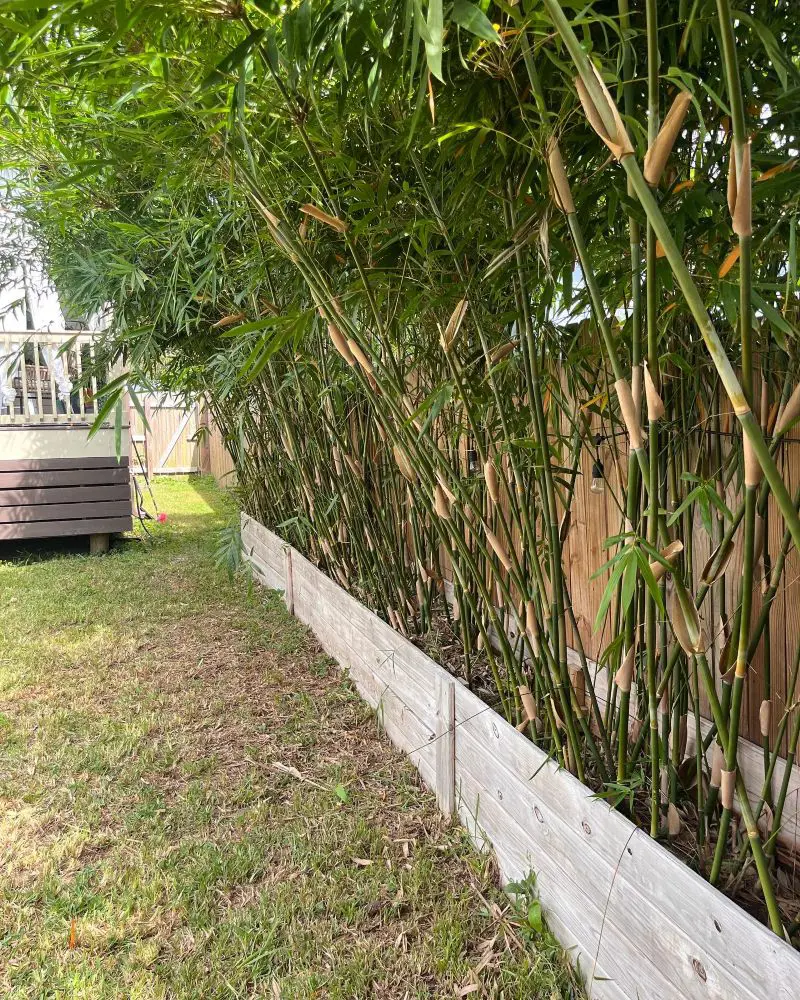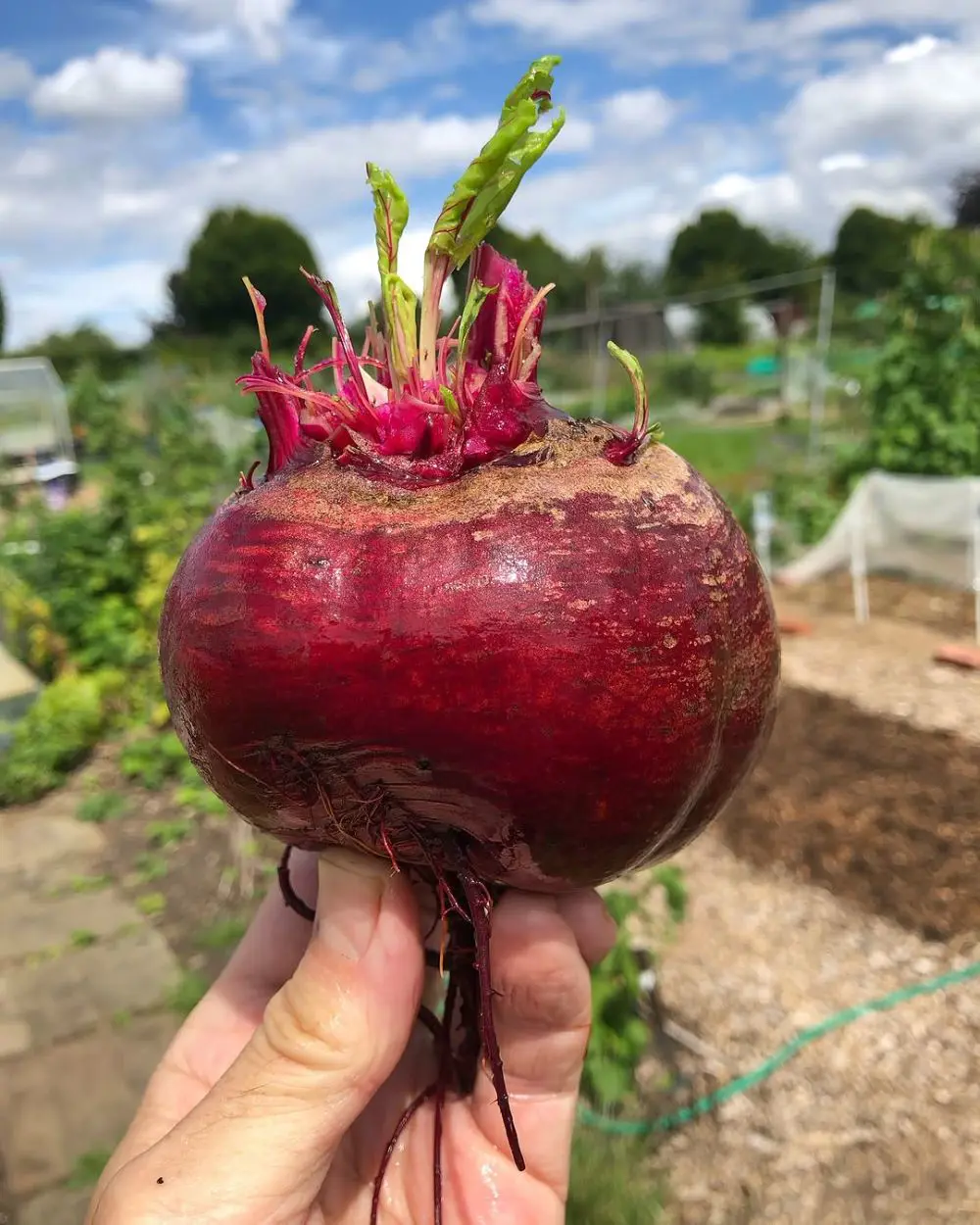1. Eggplant
- Plant Size: They are generally shrubby annuals and can reach a height of 2-4 ft, bearing large, lobed leaves.
- Growing Zones: They are found in regions with warm climates, best suited to the USDA hardiness zones 4-11.
This vegetable possesses a high content of vitamins C and K, potassium, and magnesium as well as being a fiber-containing vegetable. They are usually shining and have smooth skin, and can come in many shapes and colors ranging from dark purple to white or even striped.
Eggplants are employed in different world cuisines due to their texture similar to that of meat and their capacity to assimilate other flavors. Cooking methods that are frequently used include grilling, roasting, or sauteing to enhance the strong, soil-like taste.
